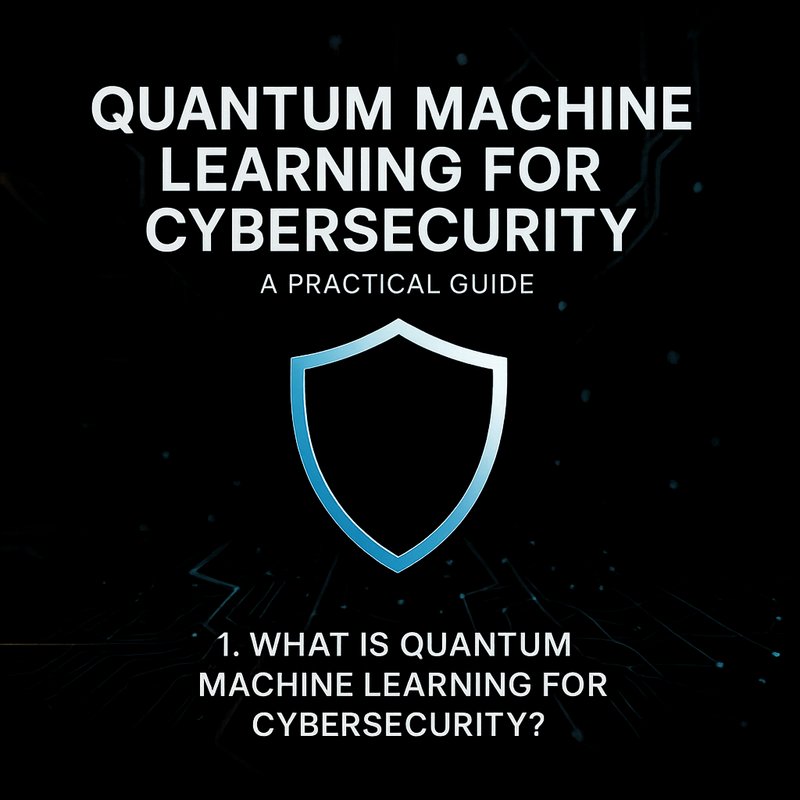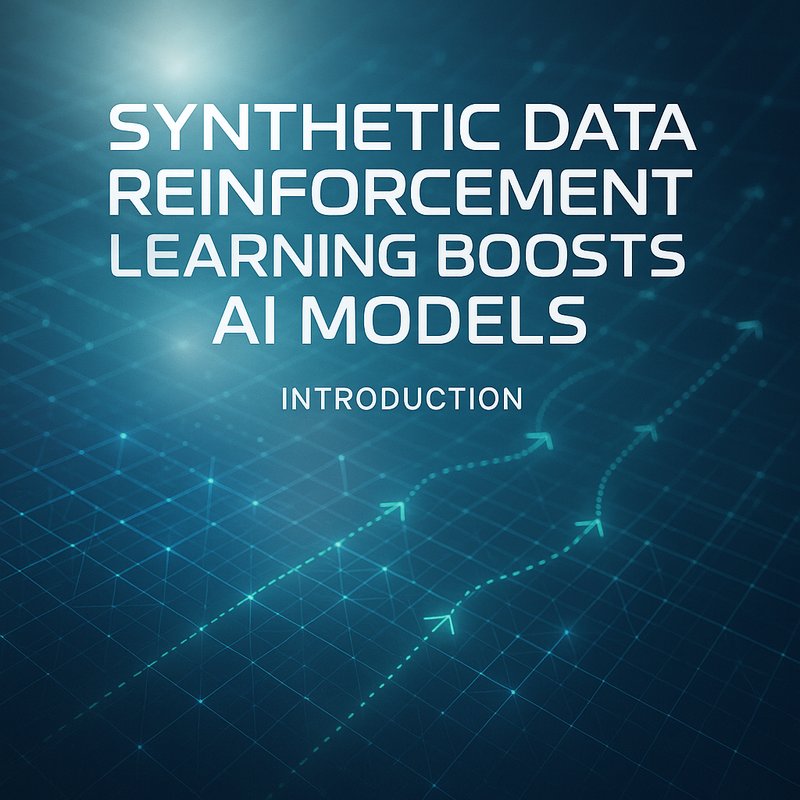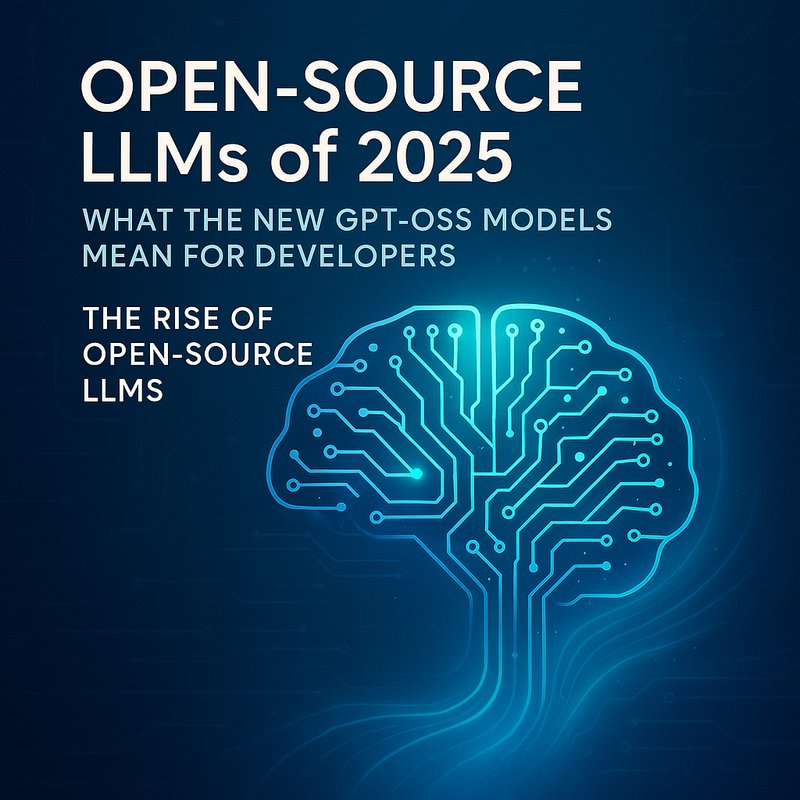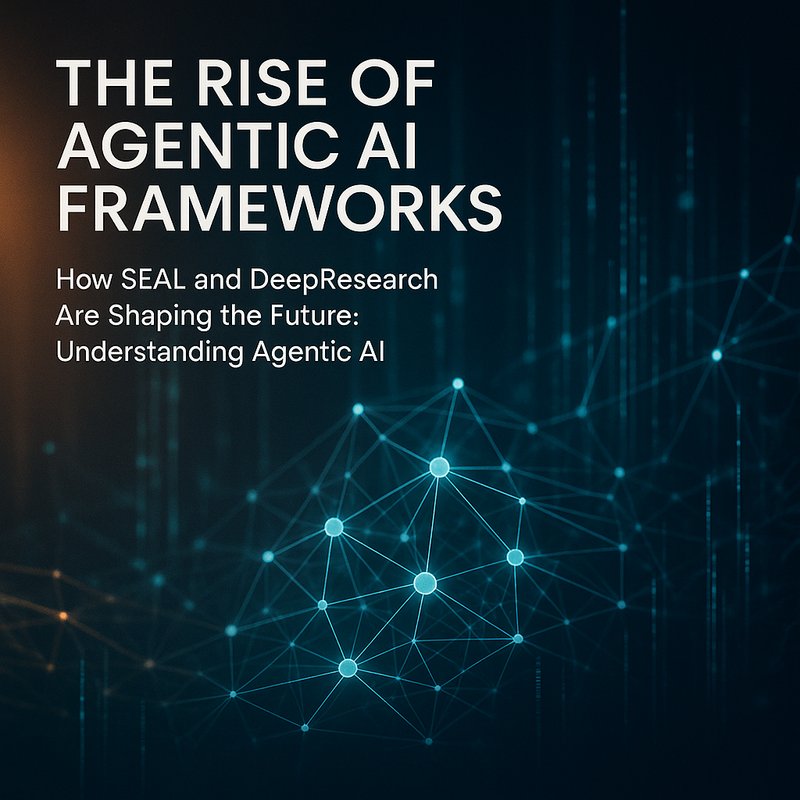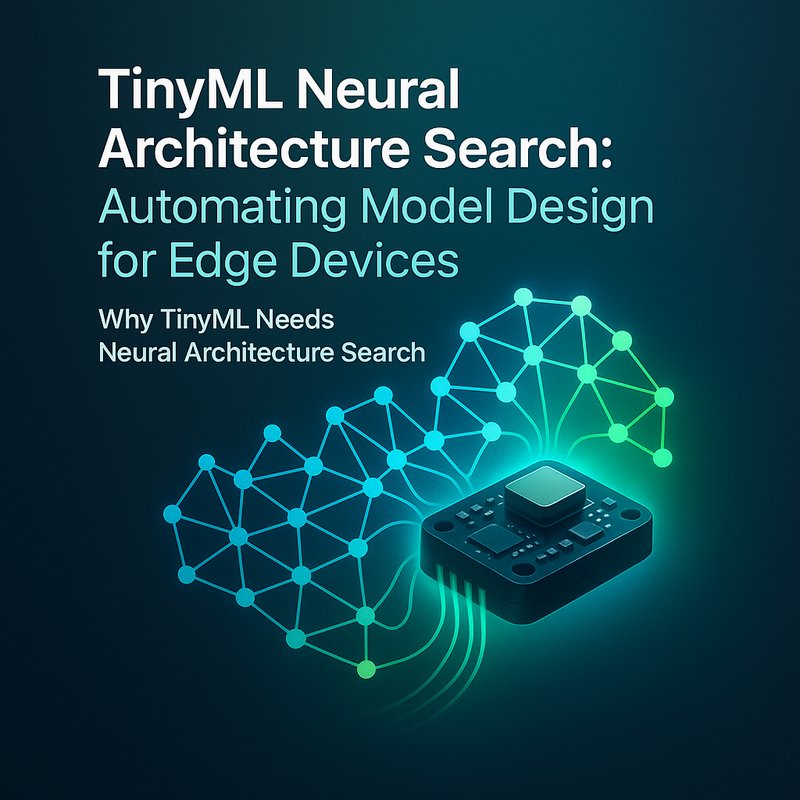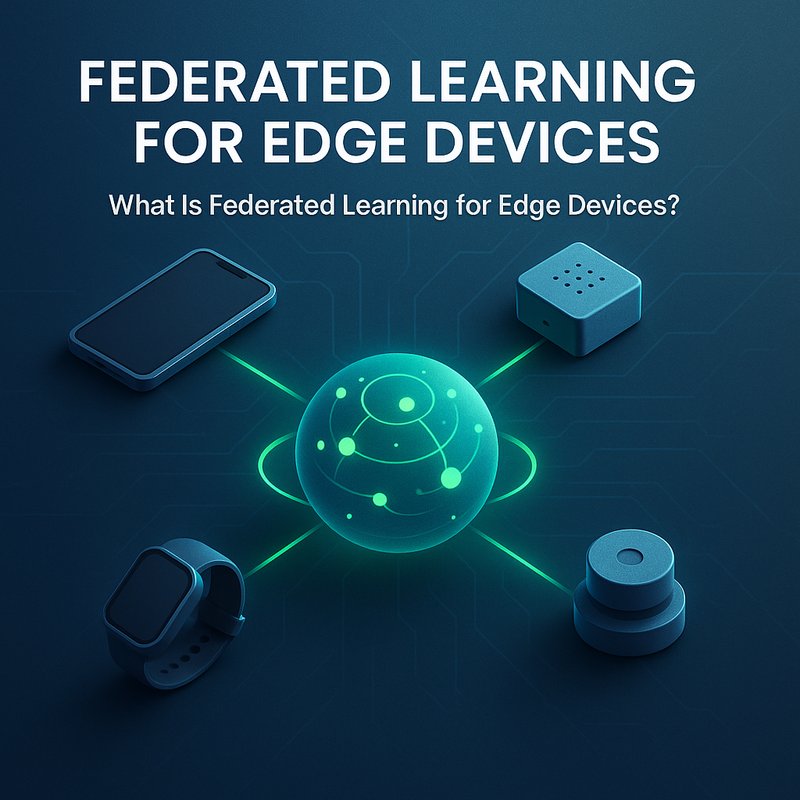Quantum Machine Learning for Cybersecurity is a new frontier that blends the power of quantum computing with the insights of machine learning to protect digital assets. In this guide we’ll walk through what it is, why it matters, how it can be applied, and what tools you can start using today.
1. What Is Quantum Machine Learning for Cybersecurity?
Quantum Machine Learning for Cybersecurity uses quantum algorithms to speed up or improve machine‑learning tasks that help detect, prevent, and respond to cyber threats. Traditional computers process bits that are either 0 or 1. Quantum computers process qubits that can be 0, 1, or both at the same time, thanks to superposition. They also use entanglement and interference to explore many possibilities simultaneously.
When you combine these properties with machinelearning models, you can:
- Search large search spaces faster
- Solve optimization problems that are hard for classical computers
- Generate new feature representations that capture hidden patterns
In a security context, this means faster anomaly detection, better clustering of attack patterns, and more accurate predictions of zero‑day exploits.
2. Why It Matters for Modern Defenders
Cyber attackers are constantly evolving. They use encrypted tunnels, polymorphic malware, and social‑engineering tricks that make detection hard. Quantum Machine Learning for Cybersecurity offers several advantages:
- Speed – Quantum algorithms can evaluate many potential attack vectors in parallel, reducing detection time.
- Precision – Quantum‑enhanced feature extraction can reveal subtle differences between benign and malicious traffic.
- Scalability – As data volumes grow, quantum models can keep up without a linear increase in compute cost.
- Resilience – Quantum‑based cryptanalysis can help test the strength of your own encryption before attackers do.
These benefits help security teams stay ahead of threats and reduce the time it takes to respond.
3. Core Concepts You Need to Know
| Concept | What It Means | Example in Cybersecurity |
|---|---|---|
| Qubit | Basic unit of quantum information | A qubit that represents a packet flag that can be 0, 1, or both |
| Superposition | A qubit can be in multiple states at once | Simultaneously test many encryption keys |
| Entanglement | Qubits become linked; measuring one affects the other | Correlate network flows across hosts in a single operation |
| Quantum Annealing | Finds low‑energy states of a system | Optimizes firewall rule sets for minimal false positives |
| Variational Quantum Eigensolver (VQE) | Hybrid quantum‑classical algorithm | Trains a classifier that uses quantum circuits for feature mapping |
Understanding these ideas helps you decide where quantum can add value in your security stack.
4. Building a Quantum‑Enhanced Threat Detection Pipeline
Below is a high‑level architecture that shows how to integrate quantum machine learning into a typical security operations center (SOC).
+---------------------+
| 1️⃣ Data Collection |
| • SIEM logs |
| • NetFlow data |
| • Endpoint telemetry |
+---------------------+
| 2️⃣ Feature Mapping |
| • Classical preprocessing |
| • Quantum feature encoding |
+---------------------+
| 3️⃣ Quantum Model |
| • Variational circuit |
| • Hybrid training loop |
+---------------------+
| 4️⃣ Decision Engine |
| • Thresholding |
| • SOAR playbooks |
+---------------------+
4.1 Data Collection
Start the same data you already feed into your SIEM. The key is to keep the data clean and timestamp‑aligned.
4.2 Feature Mapping
Classical preprocessing (normalisation, one‑hot encoding) is still needed. After that, you can use a quantum feature map, such as a Quantum Fourier Transform (QFT), to embed the data into a higher‑dimensional Hilbert space.
4.3 Quantum Model
A popular choice is the Quantum Support Vector Machine (QSVM). It uses a quantum kernel to compute similarities between data points. Training is done in a hybrid loop: a classical optimiser updates parameters while a quantum processor evaluates the kernel.
4.4 Decision Engine
Once the model outputs a probability, you can feed it into your existing SOAR platform. If the score exceeds a threshold, an automated playbook can the host, block the IP, or trigger a deeper investigation.
5. Tools and Platforms You Can Use Today
| Tool | Description | Link |
|---|---|---|
| IBM Quantum Experience | Cloud‑based quantum simulator and real hardware | https://quantum-computing.ibm.com |
| Microsoft Quantum Development Kit (QDK) | Q# language, quantum simulators | https://learn.microsoft.com/quantum |
| Google Cirq | Python library for quantum circuits | https://github.com/quantumlib/Cirq |
| Qiskit | IBM’s open‑source quantum SDK | https://qiskit.org |
| Ocean by D-Wave | Quantum annealing platform | https://docs.ocean.dwavesys.com |
| Neura AI’s RDA Agents | Automate data ingestion and feature extraction | https://meetneura.ai/products |
These platforms let you prototype quantum models without owning a quantum computer.
6. Step‑by‑Step Example: Detecting Lateral Movement with a QSVM
Below is a simplified Python example that shows how to train a QSVM on a small dataset of network flows.

# 1️⃣ Import libraries
import numpy as np
import pandas as pd
from sklearn.preprocessing import StandardScaler
from qiskit import Aer, execute
from qiskit.circuit.library import ZZFeatureMap
from qit.algorithms import QSVC
from qiskit.utils import QuantumInstance
# 2️⃣ Load sample data
df = pd.read_csv('netflow_sample.csv')
X = df.drop(columns=['label']).values
y = df['label'].values
# 3️⃣ Classical preprocessing
scaler StandardScaler()
X_scaled = scaler.fit_transform(X)
# 4️⃣ Quantum feature map
feature_map = ZZFeatureMap(feature_dimension=X_scaled.shape[1], reps=2)
# 5️⃣ Quantum backend
backend = Aer.get_backend('statevector_simulator')
qi = QuantumInstance(backend)
# 6️⃣ QSVC
qsvc = QSVC(quantum_instance=qi, feature_map=feature_map)
qsvc.fit(X_scaled, y)
# 7️⃣ Predict
pred = qsvc.predict(X_scaled)
print('Accuracy:', np.mean(pred == y))
This script shows the core steps: data loading, scaling, quantum feature mapping, and training. In a real SOC, you would replace the CSV with a live stream from your SIEM.
7. Integrating with Existing Security Workflows
- Data Ingestion – Use Neura AI’s Neura Artifacto to pull logs from Splunk or Elastic.
- Feature Extraction – Run classical preprocessing in a Docker container, then hand off to the quantum backend.
- Model Serving – Deploy the QSVC as a REST API using FastAPI.
- Alerting – Push scores to your SIEM; set a threshold that triggers a SOAR playbook in TheHive or Cortex XSOAR.
By keeping the quantum part isolated, you can test its effectiveness without disrupting your existing stack.
8. Real‑World Use Cases
| Use Case | How Quantum Helps | Outcome |
|---|---|---|
| Zero‑Day Exploit Prediction | Quantum optimisation finds weak points in code faster than classical brute force | Early detection of new vulnerabilities |
| Encrypted Traffic Analysis | Quantum Fourier transform extracts hidden patterns in encrypted payloads | Better anomaly scores without decryption |
| Threat Hunting | Quantum clustering groups similar attack patterns in high‑dimensional space | Faster identification of new tactics |
| Cryptanalysis Testing | Quantum annealing simulates potential attacks on your own encryption | Strengthens your crypto posture |
These examples show that quantum can be a powerful addition to a defender’s toolbox, especially when combined with existing AI and SIEM solutions.
9. Challenges and Considerations
- Hardware Availability – Quantum computers are still limited in qubit count and error rates.
- Cost – Cloud quantum services charge per execution; keep a cost model in mind.
- Skill Gap – Quantum programming requires new knowledge; consider training or hiring.
- Integration Complexity – Bridging quantum outputs to classical systems needs careful design.
Despite these hurdles, the field is moving fast. Many vendors are offering hybrid solutions that hide the quantum complexity behind simple APIs.
10. Future Outlook
By 2027, we expect quantum‑enhanced models to become part of standard threat‑detection pipelines. Key trends include:
- Hybrid Cloud‑Edge Deployments – Run quantum inference in the cloud while keeping data local.
- Standardised Quantum APIs – Open‑source libraries will expose quantum kernels as plug‑ins.
- Quantum‑Resistant Security – As quantum computers grow, defenders will need to test their own cryptography.
- Automated Quantum Model Training – AI agents will automatically tune quantum circuits for specific datasets.
Staying informed and experimenting early will give you a competitive edge.
11. Getting Started Today
- Learn the Basics – Take an introductory course on quantum computing (e.g., IBM Quantum Learn).2. Set Up a Simulator – Install Qiskit or Cirq and run a simple QSVM on your laptop.
- Connect to Your SIEM – Use Neura AI’s data ingestion tools to feed logs into your quantum pipeline.
- Prototype a Proof of Concept – Pick a small dataset (e.g., lateral movement logs) and evaluate performance.
- Scale Gradually – Once validated, integrate the model into your SOAR playbooks.
Remember, the goal is to augment, not replace, your existing security stack.
12. Conclusion
Quantum Machine Learning for Cybersecurity is not a distant dream; it is a growing field that offers tangible benefits for defenders today. By combining quantum algorithms with classical machine learning, you can detect threats faster, with higher precision, and at scale.
If you’re ready to explore this frontier, start with a small proof of concept, leverage the tools listed above, and keep an eye on the evolving quantum ecosystem. Your security team will thank you for staying ahead of the curve.
